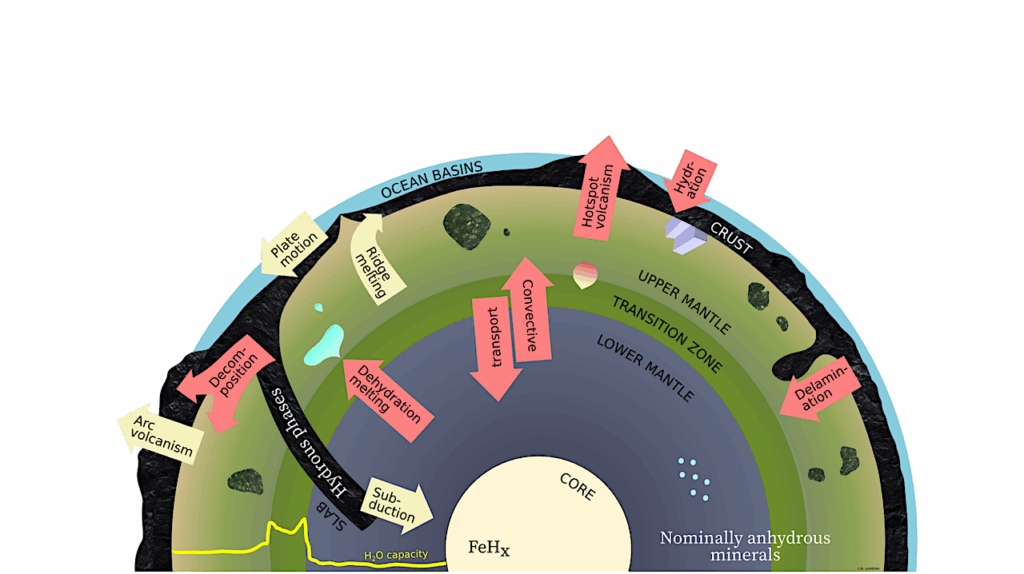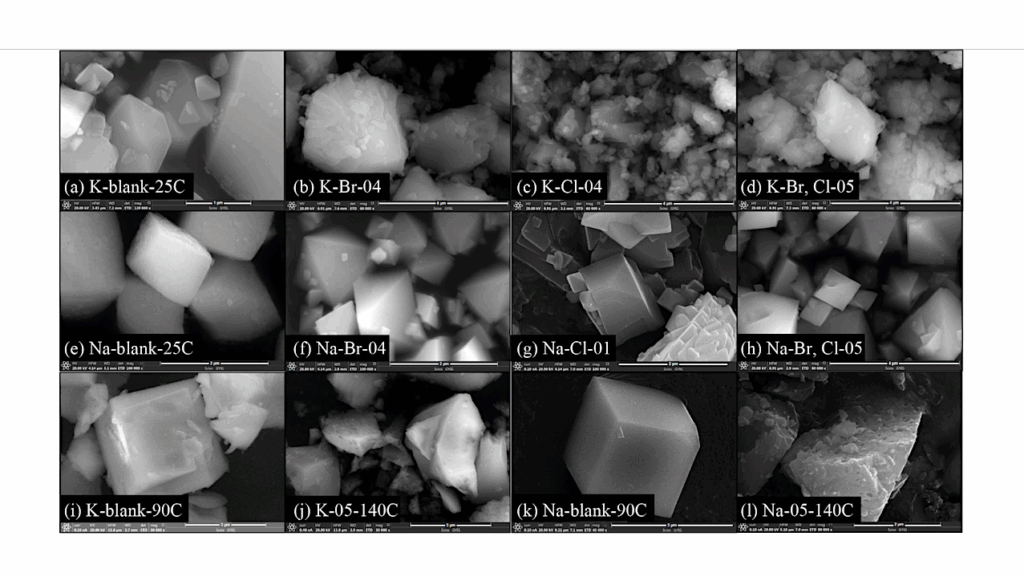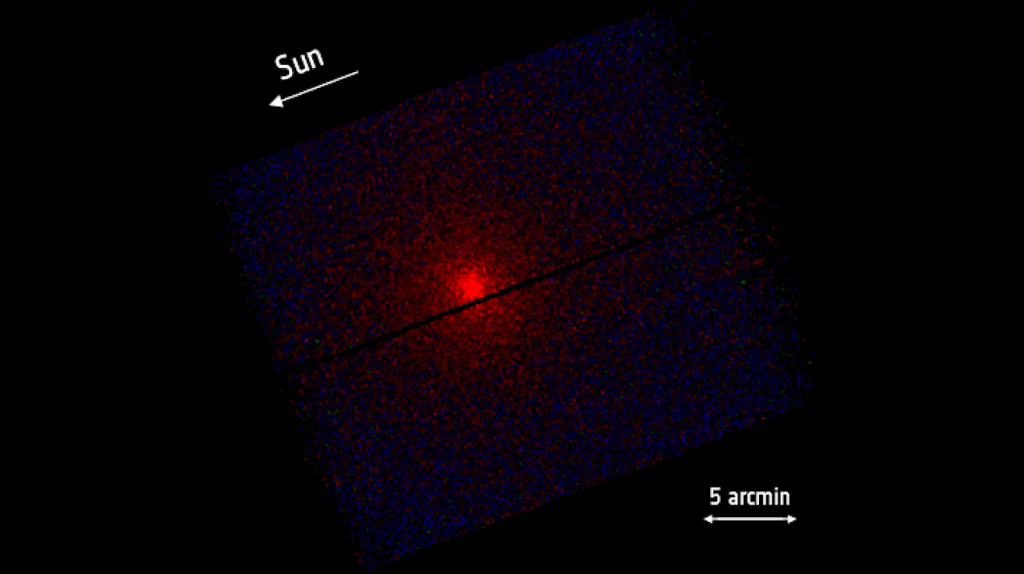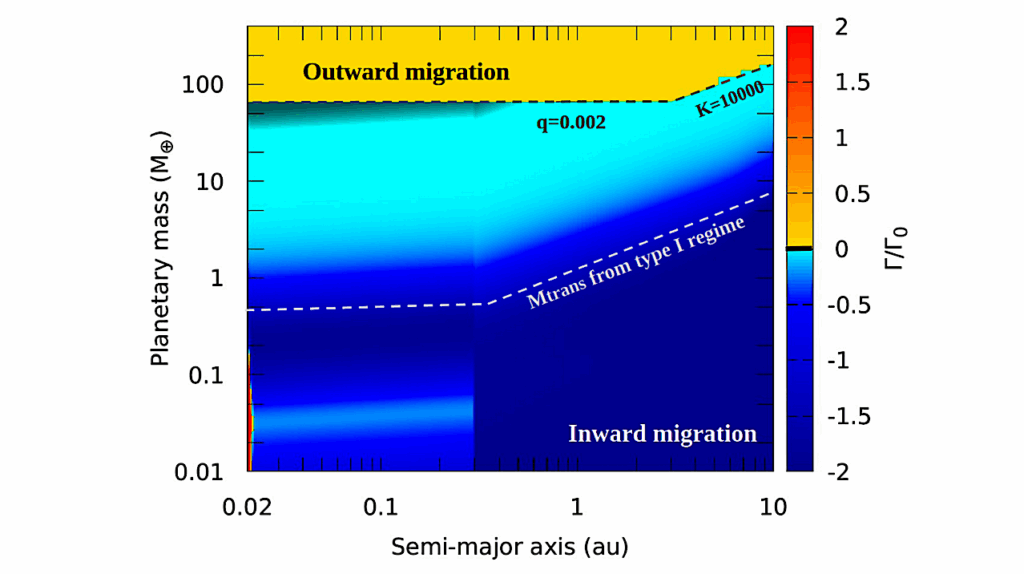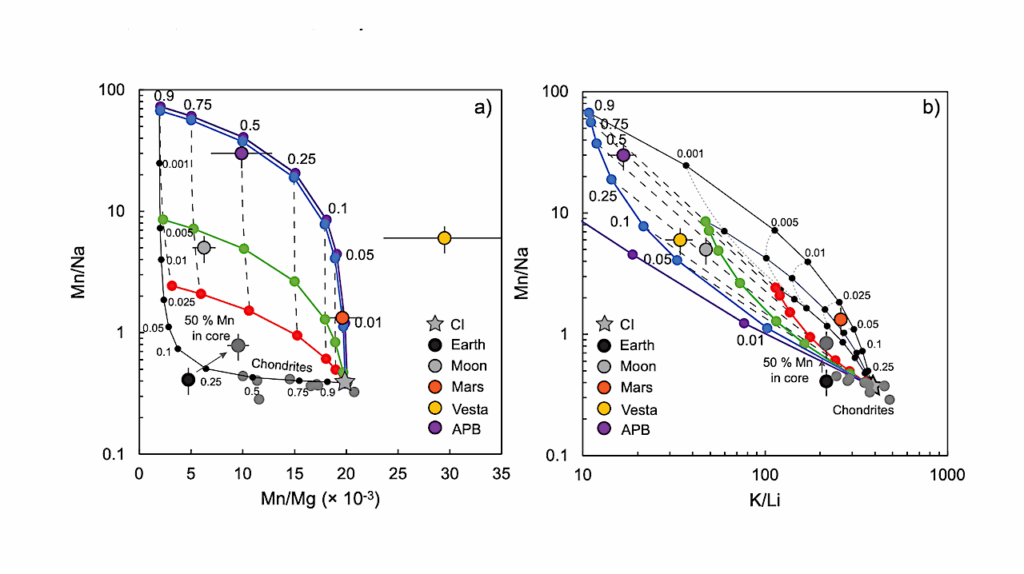Where in the Milky Way Do Exoplanets Preferentially Form?

Exoplanets are detected around stars of different ages and birthplaces within the Galaxy. The aim of this work is to infer the Galactic birth radii (rbirth) of stars and, consequently, their planets, with the ultimate goal of studying the Galactic aspects of exoplanet formation.
We used photometric, spectroscopic, and astrometric data to estimate the stellar ages of two samples of stars hosting planets and, for comparison, a sample of stars without detected planets. The rbirth of exoplanets were inferred by projecting stars back to their birth positions based on their estimated age and metallicity [Fe/H]. We find that stars hosting planets have higher [Fe/H], are younger, and have smaller rbirth compared to stars without detected planets.
In particular, stars hosting high-mass planets show higher [Fe/H], are younger, and have smaller rbirth than stars hosting low-mass planets. We show that the formation efficiency of planets, calculated as the relative frequency of planetary systems, decreases with the galactocentric distance, which relationship is stronger for high-mass planets than for low-mass planets.
Additionally, we find that (i) the formation efficiency of high-mass planets increases with time and encompasses a larger galactocentric distance over time; (ii) the formation efficiency of low-mass planets shows a slight increase between the ages of 4 and 8 Gyr and also encompasses a larger galactocentric distance over time; and (iii) stars without detected planets appear to form at larger galactocentric distances over time.
We conclude that the formation of exoplanets throughout the Galaxy follows the Galactic chemical evolution, for which our results are in agreement with the observed negative interstellar medium (ISM) metallicity gradient and its enrichment and flattening with time at any radius.
Joana Teixeira, Vardan Adibekyan, Diego Bossini
Comments: 10 pages, 9 figures, and 1 table
Subjects: Earth and Planetary Astrophysics (astro-ph.EP); Astrophysics of Galaxies (astro-ph.GA); Solar and Stellar Astrophysics (astro-ph.SR)
Cite as: arXiv:2501.11660 [astro-ph.EP] (or arXiv:2501.11660v1 [astro-ph.EP] for this version)
https://doi.org/10.48550/arXiv.2501.11660
Focus to learn more
Journal reference: Astronomische Nachrichten, e20240076, (2025)
Related DOI:
https://doi.org/10.1002/asna.20240076
Focus to learn more
Submission history
From: Joana Teixeira
[v1] Mon, 20 Jan 2025 18:43:09 UTC (262 KB)
https://arxiv.org/abs/2501.11660
Astrobiology,


